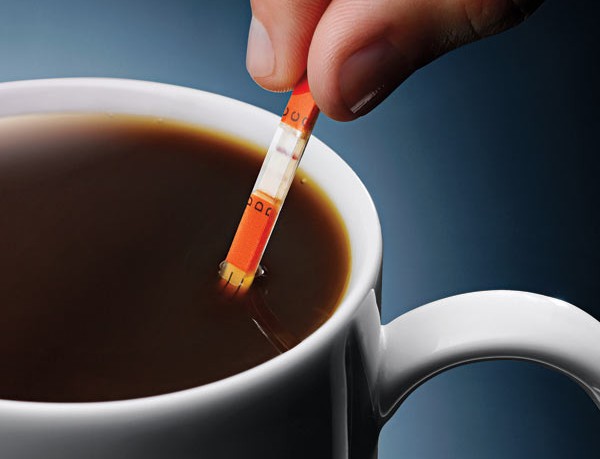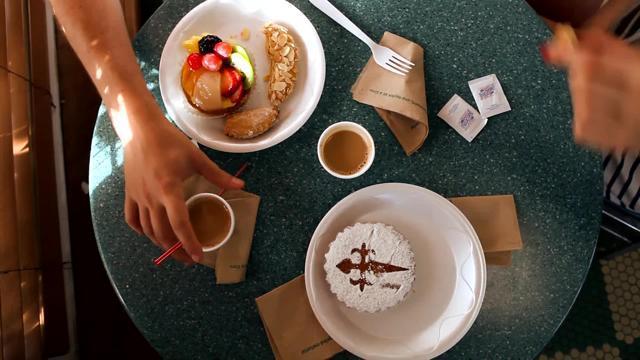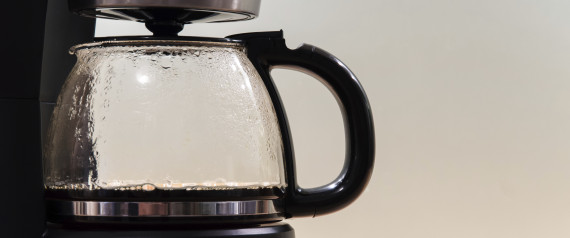Yunnan, famous for tea, is growing ever more coffee, with
farmers drawn by higher returns; now its focus is boosting quality for domestic
market.
Yunnan, the southwestern province famous for its scenery and
its hearty black tea, literally means "south of the clouds". The
tropical rainforest is lush terrain for growing tea, fruit and, increasingly,
coffee.
"Here, coffee is business. A farmer can make more money
growing it rather than tea," says Wouter De Smet, Nestle's manager for
coffee agriculture service in Puer .
With a tea-drinking tradition, China's coffee consumption
remains low, but it is growing. Per-capita consumption of coffee jumped from
9.6 grams in 1998 to 47.6 grams last year, a growth rate of 12.1 per cent per
year, according to market research firm Euromonitor.
As with many trends, the key to coffee-drinking culture is
young people. More youth are willing to pay for a cup of coffee at cafes, says
Zhao Lu, marketing manager of Mellow Cafe in Kunming .
While coffee farms in China don't produce nearly the tonnage
of those in Brazil, Vietnam or Indonesia, international food companies and
home-grown coffee concerns are investing in them, hoping that Yunnan can become
synonymous with fine gourmet brews.
"The recognition of Yunnan coffee is low worldwide, but
the coffee is really good, and I hope to bring it to more people," says
Wan Xuejun, chairman of Zhukula Coffee Dreamy Estate.
But the transition to a coffee culture has been bumpy. The
Yunnan varieties have not been popular with Chinese coffee drinkers, says Tony
Ai, a coffee consultant who runs a coffee roasting shop in Beijing. "Some
of the coffee tastes a bit too sour." He prefers purchasing Jamaican and
Indonesian beans, which are know for their quality. Yunnan coffee, he says, is
more suitable for blending with other types of beans.
With the area's beans not known for their gourmet taste,
Yunnan farmers are not selling to international companies, which suppresses
their bargaining power. Most coffee growers sell their harvest to just a few
companies. Many of the coffee farmers are struggling.
"The history of coffee in Yunnan is not that
long," says Dong Zhihua, vice-president of the Coffee Association of
Yunnan. "If you ask me whether the quality of Yunnan coffee is good or not,
I would say it's good, but not very good."
Nonetheless, large food companies are banking on Yunnan's
beans. Nestle, the world's largest food company, got involved in the coffee
business in Yunnan in 1988.
It buys coffee beans from several locations in Yunnan,
including Puer, the Xishuangbanna Dai autonomous prefecture and Baoshan .
The Swiss company purchased 11,500 tonnes of Yunnan-grown
green coffee beans last year.
The company buys the beans from about 2,200 famers. It plans
to increase its purchases of coffee beans to 15,000 tonnes by 2015.
"Smaller farmers are producing much better coffee
quality as it's a hands-on business," says Dong.
Nestle offered to buy coffee beans at an average price of
17.4 yuan (HK$22) per kg last year, the lowest price in five years, following a
slump in international prices amid oversupply.
International coffee companies including Starbucks and Maxwell Coffee also are eyeing the coffee beans of Yunnan, where Arabica beans are also grown.
Starbucks, which started purchasing Yunnan coffee beans in
2007, last year expanded its presence in the province by forming a joint
venture with coffee supplier Aini Coffee.
It also established a farmer support centre in Puer,which
has worked with local coffee farmers to develop four new coffee varieties in
Puer, Baoshan and Lincang prefecture, a Starbucks spokeswoman said.
The ambition of global coffee companies is shared by the
domestic players who want to bring Yunnan coffee to the world.
Wan, of Zhukula Coffee Dreamy Estate, is eyeing the market
for high-end Zhukula coffee, which is cultivated in Binchuan county, in Dali.
Zhukula coffee was first introduced to a remote village
named Zhukula by a French missionary more than 100 years ago, she says. Wan
bought 23,000 mu (1,533 hectares) of land to grow coffee in 2011.
Although Wan's farm employs 130 farmers and is just
starting, producing little coffee, she plans to expand.
Wan said Zhukula coffee was special and that it costs 160
yuan to 170 yuan per kg, adding that a premium coffee could be sold for 1,600
yuan to 1,800 yuan per kilogram. "I am confident about the high-end
consumer market given the growing wealth of Chinese people," she says.
Wan is preparing to bring grown-in-Yunnan Zhukula coffee to
consumers' homes. She plans to launch her own Zhukula brand coffee next year.
The products will be sold in supermarkets and hotels, and gift sets will be
designed for corporate clients, she says. Wan also plans to open coffee shops
in Kunming and Beijing next year.
Despite the hopes of coffee sellers, Yunnan's coffee farmers
are worried.
"The profit was not good last year as international
prices were low," says Huang Dabao, 47, who began growing coffee in 2007
on his 20 mu field.
With a harvest of four tonnes of green coffee beans per
year, Huang earned about 30,000 yuan last year. He sold his harvest to Nestle
at prices ranging from 15 to 18 yuan per kilogram. The prices were better in
2011, more than 30 yuan per kilogram, he says.
"I hope my coffee beans can be sold at better prices
this year, so that I can have more money to refurbish my house," he says.
Like Huang, many coffee growers in Yunnan are selling their
coffee beans to Nestle and other coffee companies. The price Nestle offers for
coffee beans is based on the price of New York-traded coffee futures.
According to customs data, Yunnan's coffee exports increased
38.2 per cent to 42,000 tonnes last year. In value, that was worth US$150
million, an increase of 12.5 per cent on year. Although 80 per cent of the
province's production of 53,000 tonnes last year was exported, it made up just
0.75 per cent of global output, figures from Nestle show.
Local farmers should continue to improve the quality of
their coffee beans and target wealthy Chinese consumers, Dong says.
"Although the coffee industry has further to go before
becoming well developed, the domestic consumption market will be a big
opportunity for coffee growers to sell their harvest at good prices," he
says.
Source: South China Morning Post




















